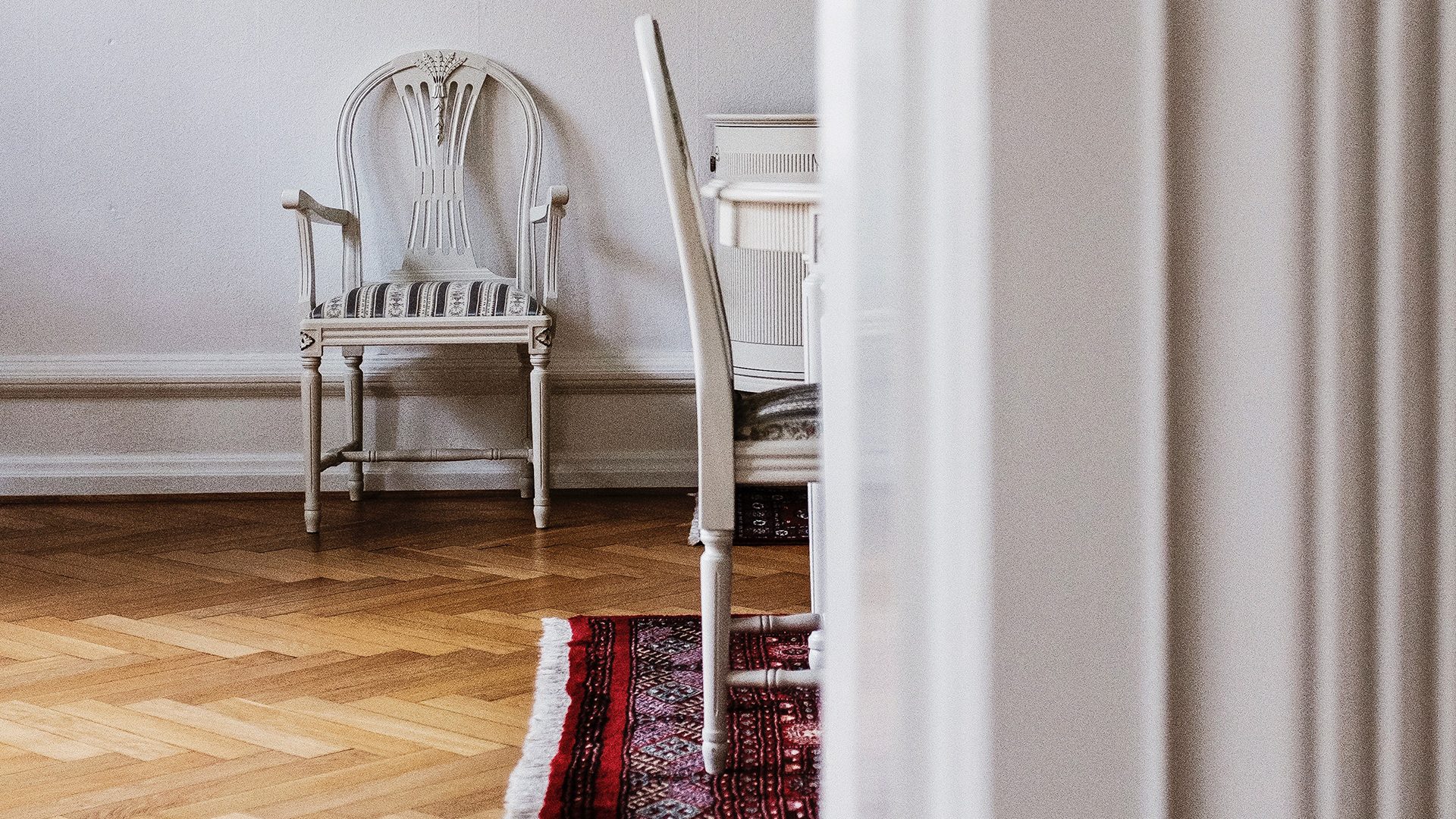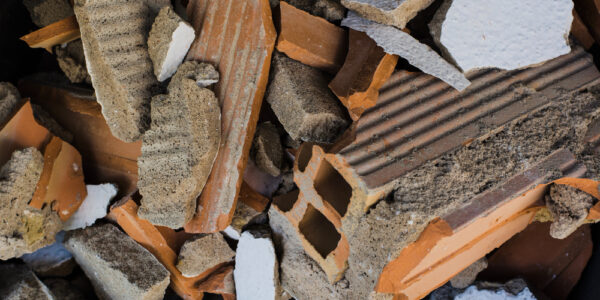You’ve no doubt wondered how to save on heating on more than one occasion. Properly choosing heat insulation materials is an important factor that can help you save.
When choosing the best types of thermal insulation, you should first consider what you want to insulate. Although certain heat insulation materials may be used in a variety of areas, not all of them can be used under the same conditions. For example, thermal insulation for walls is different than insulation that is used for floors or windows.
Seeking the advice of an expert in the field of heat insulation for your home will be of great help, although the following ideas will assist you in understanding it a bit better.
How to insulate windows from the cold?
Windows are key when discussing thermal insulation and finding ways to conserve energy at home. Choosing quality materials for your installation is essential, although you can always improve the way heat insulation works by using a few small tricks. Double pane windows, for example, increase the quality of a window’s thermal resistance, as do seals that prevent heat losses or gains and improve thermal insulation values.
Other treatments such as curtains or blinds are also very popular, not only for their decorative uses, but for their contribution to efficient energy use and keeping your home at the temperature you want.
Thermal insulation for walls
How to insulate a wall from the cold is a recurring question, and rightly so since this is of indisputable importance when it comes to thermal insulation for a house. Before going on we need to explain the difference between thermal insulation for interior walls and exterior walls.
In the case of the latter, you can opt for different solutions, applying the heat insulation from either outside or inside, or even injecting it right into the wall itself. Mineral wool, extruded or expanded polystyrene, and even air chambers are some of the most popular types of thermal insulation used for this purpose.
When we move to interior walls or partitions that are generally not affected by issues like humidity or other external factors, there are more possibilities, such as mineral wool (rock or fibreglass), thermal insulation paint, and even different types of ecological thermal insulation such as cork.
Insulating the roof not only promotes energy savings but also fights against moisture and leakage
Thermal insulation for roofs
Have you ever heard that you should never start by building the roof of the house first? Well, whichever order you choose, our recommendation works because you don’t want to forget to use the best thermal insulation available in your ceilings and roofs. The reason? Simply because it will not only help with home energy savings but will also help fight moisture and leakage problems.
Special attention needs to be given to the thermal insulation used for metal roofs. This type of roof is good for protecting against bad weather, but it is the most susceptible to allowing for temperature changes. To counteract its conductive nature, you can use the different types of thermal insulators that we have already mentioned, although it is a good idea to opt for lighter colours for the roof’s surface in order to prevent heat absorption.
Thermal insulation for floors
The floor is another area where, by using the correct heat insulation, you can save energy in your home. There are many different technical solutions that can be used to thermally insulate a floor and, consequently, there is a large price range for this type of insulation. The most common method is to place the heat insulation on top of the concrete slab, although for radiant heat floors an extra layer is also installed.
The use of phenolic foam, that is, thermal insulation designed for floors commonly known as polystyrene (expanded or extruded), is frequent, although some opt for other types of natural thermal insulation such as wood fibre or mineral wool, cellulose or granulated cork.
As you can see, there are many types heat insulation materials you can use, depending on the area you need to insulate. Good use of thermal insulation for your walls, roofs, floors and, ultimately, for your entire home, can help you solve that problem of how to save on heating by reducing energy consumption by between 25 and 30%.
Related articles
Descubre promociones que te pueden interesar
Discover your new home with MiA
We have launched our virtual agent to help you find the property you are looking for.
Ask MiA and get personalized recommendations to find your dream home. Try it now!




